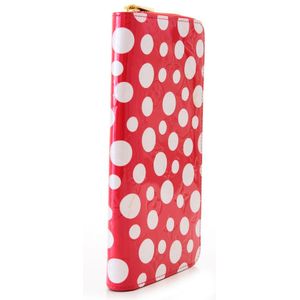Ancient Glass Earrings from West Papua's Dimbo Culture
You must be a subscriber, and be logged in to view price and dealer details.
Subscribe Now to view actual auction price for this item
When you subscribe, you have the option of setting the currency in which to display prices to $Au, $US, $NZ or Stg.
- Important - Important is a word used in the antique trade to indicate an object should be ranked above other similar objects, and is therefore more valuable.
The object could be considered important because it is by a famous designer or maker, has been shown at a major exhibition, is of exquisite workmanship, is rare or is a "one-off", was made for an important patron, and so on.
Even further up the pecking order are objects that are described in catalogue descriptions as highly important or extraordinarily important. - Bronze - An alloy of copper and tin, traditionally in the proportions of about 9 parts of copper to 1 part of tin.
The discovery of bronze in Western Asia in the 4th century enabled people to create metal objects which were superior to those previoulsy possible because of its strength and hardness, and it has been used throughout the world for weapons, coins, tools, statuary and other decorative items.
It is very fluid in a molten state, and its hardness, strength when set, and non-corrosive properties makes it most suitable for casting sculpture.
This item has been included into following indexes:
- fireplace accessories - bellows 71
-
New Guinea tribal artefacts
- axes 61
- drums 105
- ornaments 98
- spatula and other wealth objects 100
Visually similar items

1973 Scanlens 'Club mascot sticker inserts', complete set [12]. Fair/VG

St. Kilda/Weg Artwork: Preliminary artwork for cover of 1966 Grand Final video, produced and signed by Weg, for Australian Football Video, c1994, size 32 x 46 cm. Together with a photograph of the 1966 Weg poster, used as a basis for the design. Good condi

Pga Flag, with 5 signatures - Jack Nicklaus, Greg Norman, Arnold Palmer, Gary Player & Tiger Woods. With CoA

A Yayoi Kusama Zippy wallet by Louis Vuitton, styled in iridescent red and white monogram dot leather with gold metal hardware, 10 x 19 x 2 cm
